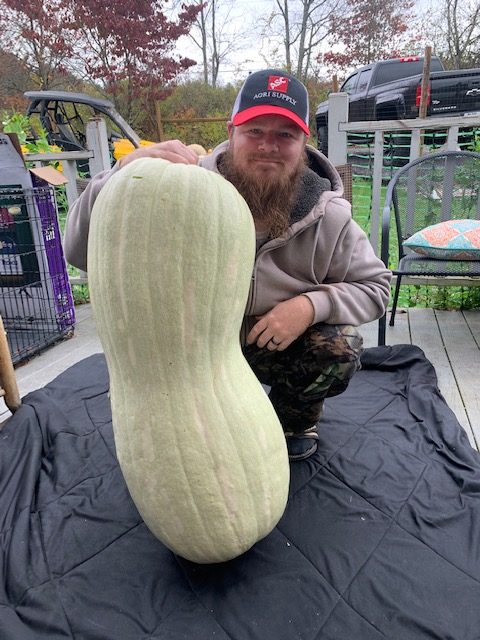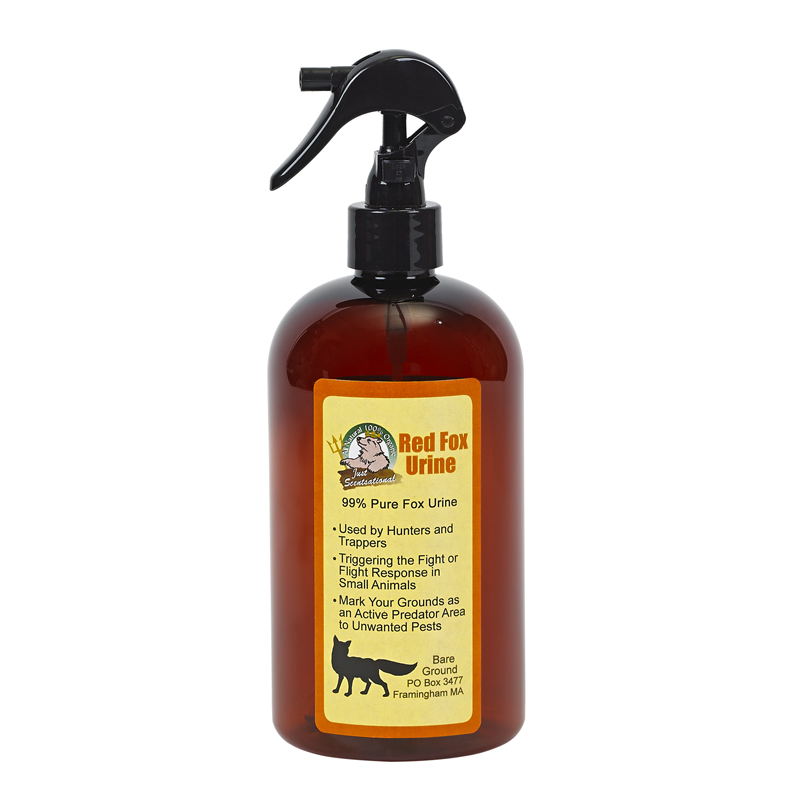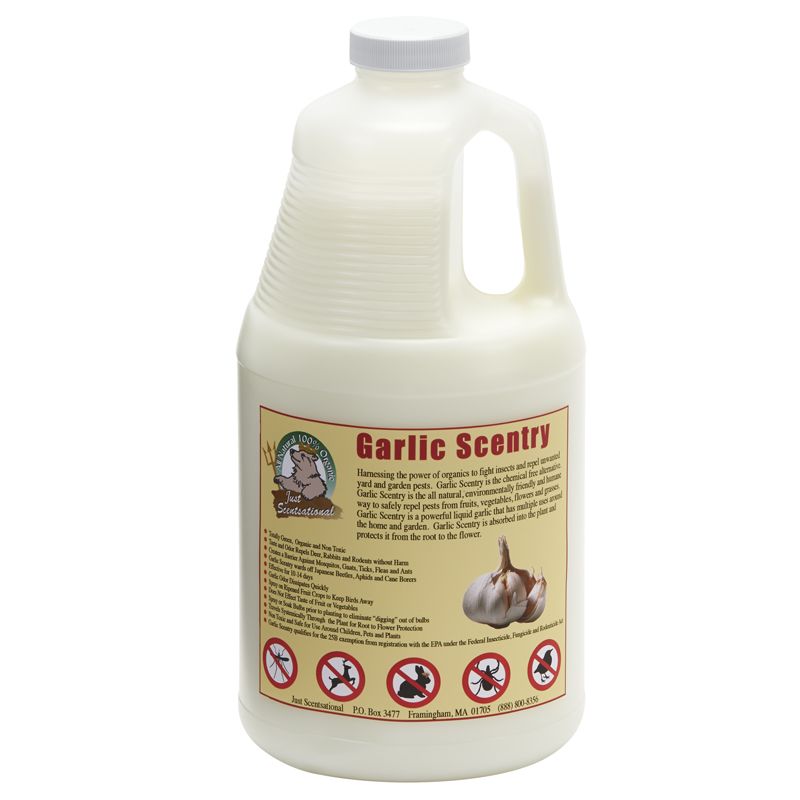GarScentria Fogger
Just Scentsational is planning a 2020 introduction of an exciting new product designed to combat mosquitoes and ticks and the dangerous diseases that they spread. Company spokesman Ed Brookmyer states, “with each passing season, we have noticed a significant increase in mosquito and tick activity and mosquito and tick borne diseases, hitting closer and closer to home with each passing year. It is with some trepidation that we all leave our homes at the height of mosquito and tick season and with global warming the season is growing longer. You never know what you might be exposing yourself to”.
The growing outbreak of EEE and Lyme disease throughout the northeast has focused the attention of Just Scentsational on creating a consumer controlled solution to the problem. As we all have seen, in the past few years, an entire new industry has sprung up all over the US dedicated to treating outdoor areas against mosquitoes and ticks by “fogging” home landscapes using a handful of alternative natural botanical extracts which have shown themselves to be effective in repelling both mosquitoes and ticks. Some companies are using essential oils while others are using garlic liquids. Each competing company seems to have created its own blend by selecting only those essential oils that it feels are most effective while leaving out other essential oils which are equally effective but might not fit into their “cost structure”. The one thing, however, that all of these companies have in common is the high monthly costs for treating the homeowner’s grounds! Our approach is different. The introduction of the new GarScenrtial fogger has taken the high monthly cost of family protection away from the “professional” and put the full control and savings into the hands of the homeowner. Now, for the first time, the homeowner is in control of their pocketbook and when and where to apply the unique GarScential blend. The Just Scentsational approach is to combine all of the effective botanical extracts into one liquid to maximize the efficacy without limiting the scope of the product.
The Just Scentsational GarScentrial is a highly effective blend of concentrated essential oils including the popular and widely used garlic concentrate. GarScentrial can be effectively used indoors or outdoors without causing issues. It’s a broad spectrum solution that is designed for use anywhere. There is no aquatic toxicity and no pyrethroid restrictions (each essential oil and the garlic liquid component is EPA FIFRA 25(b) exempt). It’s wholly effective on larvae in standing water as well as disrupting the neurotransmitter function in adult mosquitoes.
Pests Controlled:
Crawling and flying insects including, but not limited to: ants, bed bugs, cockroaches, cadelles, beetles, mealworms, spiders, ticks, rice weevils, mosquitos, bees, wasps, moths, flies, fleas, gnats, millipedes, pillbugs, silverfish, sowbugs, cigarette beetles, dark mealworms, dried fruit beetles, drugstore beetles, confused flour beetles, fleas, grain mites, fowl mites, mites, nuisance beetles (such as lady beetles), red flour beetles, rice weevils, saw-toothed grain beetles, spiders, spider beetles, yellow mealworms, house flies, horse flies, stable flies, horn flies, aphids, boxelder bugs, crickets, darkling beetles, firebrats, ground beetles.
Areas of Application:
INDOOR USE AREAS: Includes, but is not limited to, apartment buildings, bakeries, beverage plants, bottling facilities, breweries, cafeterias, candy plants, canneries, cereal processing and manufacturing plants, dairy barns, poultry facilities, flour mills, food processing plants, frozen food plants, homes, hospitals, hotels, houses, industrial buildings, kennels, kitchens, laboratories, manufacturing facilities, mausoleums, meat processing and packaging plants, meat and vegetable canneries, motels, nursing homes, office buildings, restaurants, schools, stores, supermarkets, warehouses and similar structures.
OUTDOOR AREAS: Includes, but is not limited to, building foundations, dairy facilities, drive-in restaurants, drive-in theaters, golf courses, parks, playgrounds, poultry houses, recreational.
Keywords:
Green treatment
Long residual
Immediate knockdown of flying insects
Safe alternative
All natural
Non offensive scents
Biodegradable
Safe Around children, pets, plants and shrubs
Fast treatment of open areas
Environmentally friendly
OMRI
Octopamine blocker
Harnessing the power of organics to fight insects and repel unwanted yard and garden pests. Garscentrial is a highly effective blend of concentrated essential oils. Garscentrial is a broad spectrum solutions for indoor/outdoor use. There is no aquatic toxicity and no pyrethroid restrictions. Each essential oil and garlic liquid is EPA FIFRA 25(b) exempt. Wholly effective on larvae in standing water, immediate knockdown of flying insects as well as disrupting the neurotransmitter function in adult mosquitoes (octopamine blocker).







